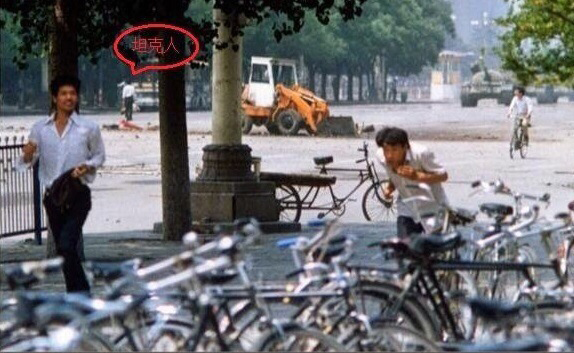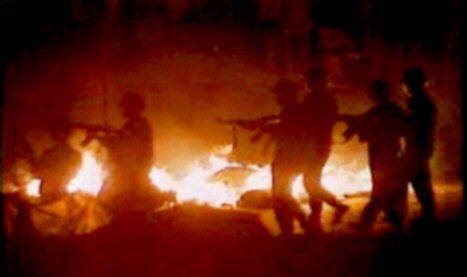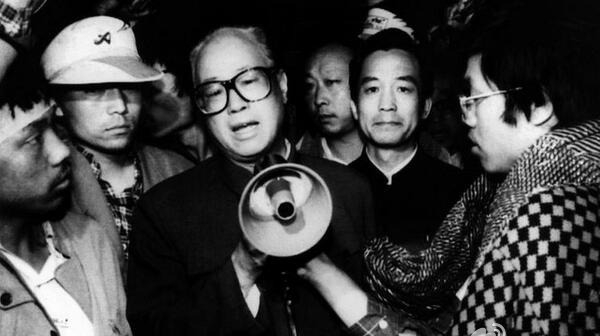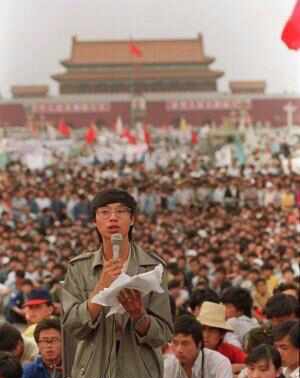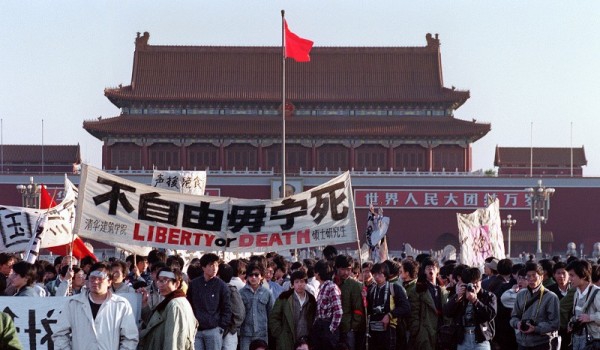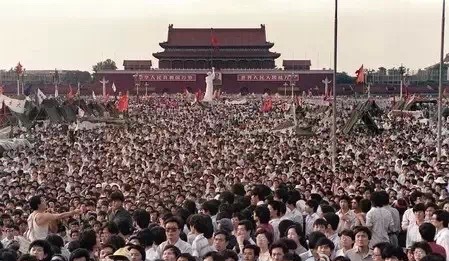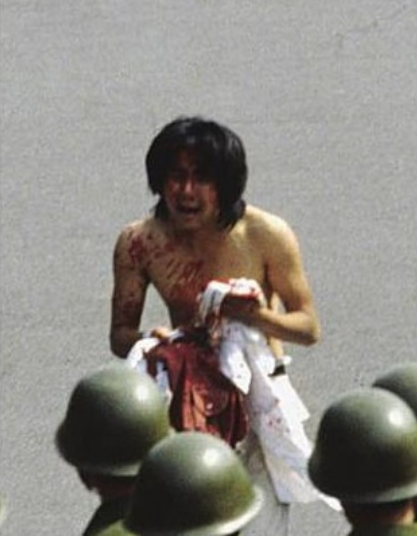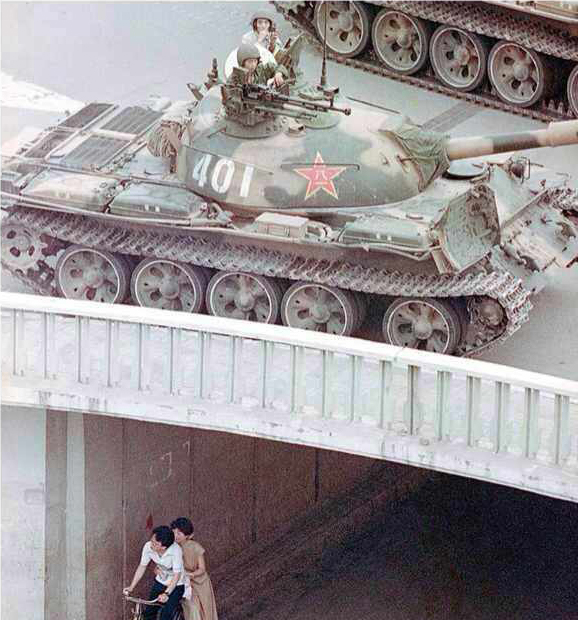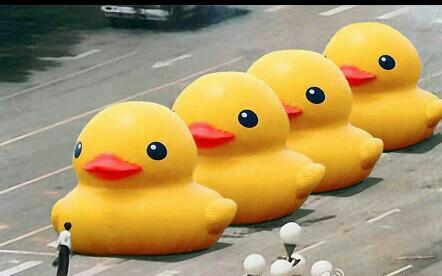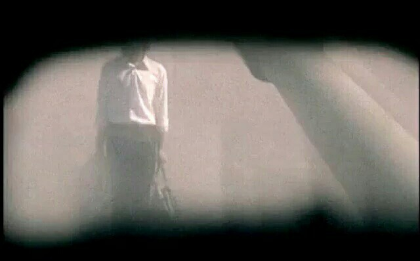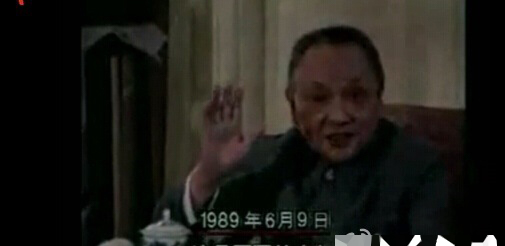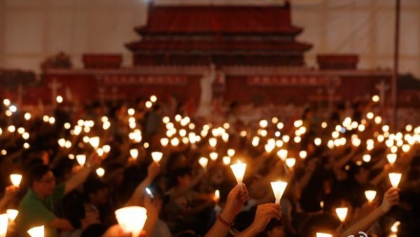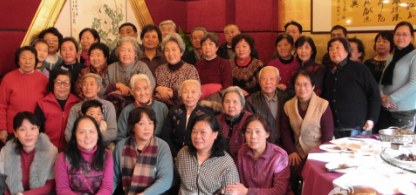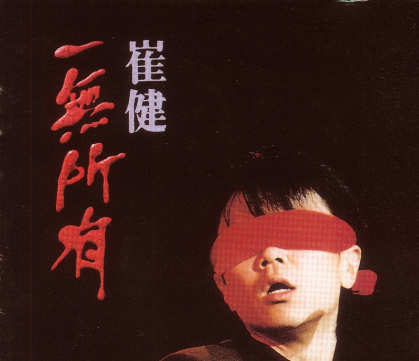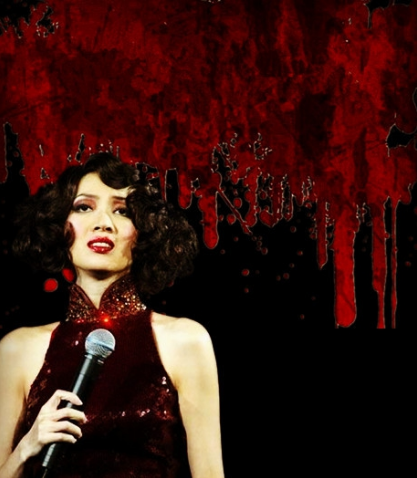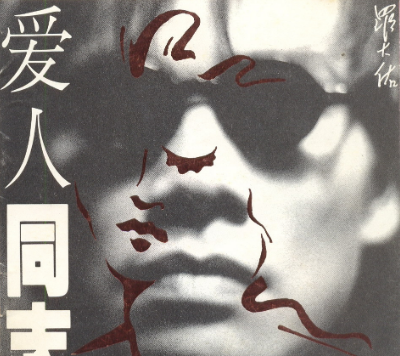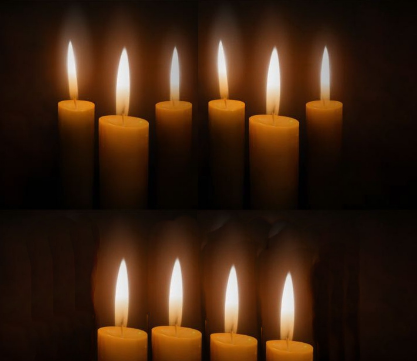Net Alert
June 4th:
Censored Histories
2019 marks the 30th anniversary of the 89 Democracy Movement in China that culminated in the infamous Tiananmen Square Massacre.
As a commemoration of the 30th anniversary Citizen Lab and WeiboScope at Hong Kong University are featuring June 4 related images and keywords that have been censored on social media in China.
These posts provide a view into the censored history of June 4.
Remembering June 4th, 30 years later
On June 4th 1989, the Chinese military carried out a brutal crackdown on student-led demonstrations calling for democratic reforms which led to estimated deaths of between hundreds and thousands of people.
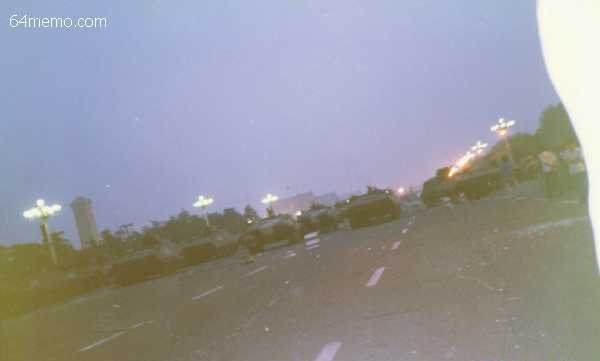
There are no references to the 1989 Democracy Movement in any history textbooks and most university students in China have never heard of it.
To this day, June 4 remains a highly controversial event that is widely censored in China.
Select Censored Keywords
Passing of Hu Yaobang - April 15 1989
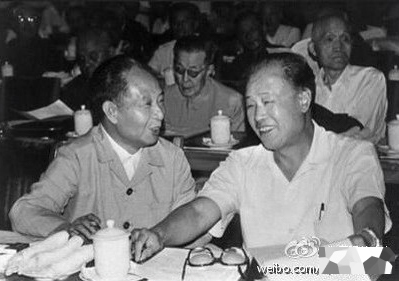
Hu Yaobang, a former general secretary of the Chinese Communist Party who helped navigate China away from orthodox Marxism, passed away on April 15, 1989.
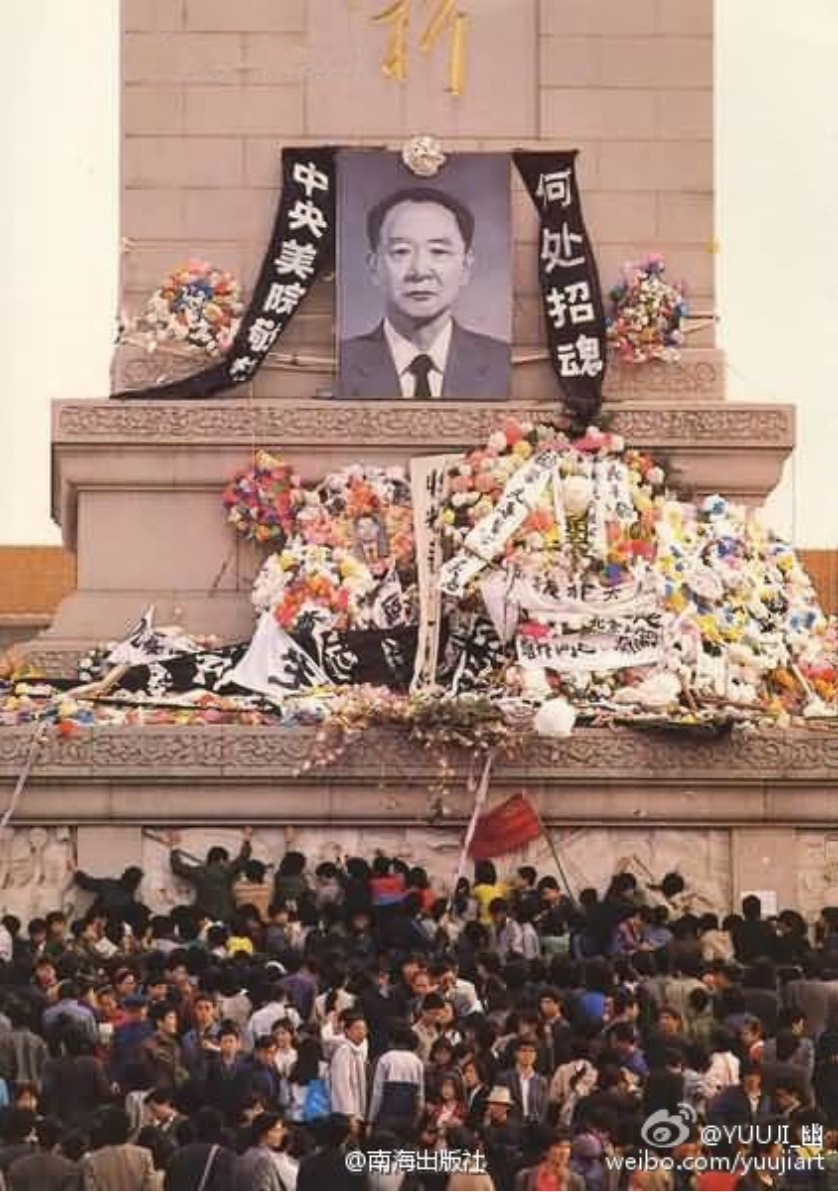
Hu was seen as more lenient towards student movements than other Communist Party leaders including Deng Xiaoping, then the paramount leader of the Party. Hu was forced to step down two years prior to his death for embracing “bourgeois liberalization.”
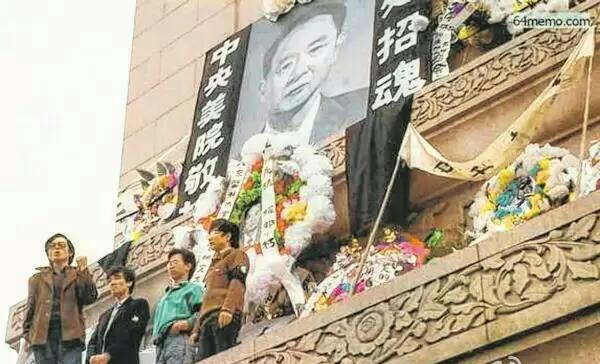
Two days after Hu’s death, thousands of university students occupied Tiananmen Square and urged Party leaders to follow Hu’s belief in political liberalization. These demonstrations marked the beginning of the 1989 Tiananmen Square protests.
Select Censored Keywords
Hunger Strike May 13-19, 1989
On April 26, 1989, in an effort to curb the increasing scale of the student protests, People’s Daily published an editorial denouncing the student demonstrations as a “turmoil” instigated by a “tiny minority”. The editorial escalated tensions between the government and student protesters.
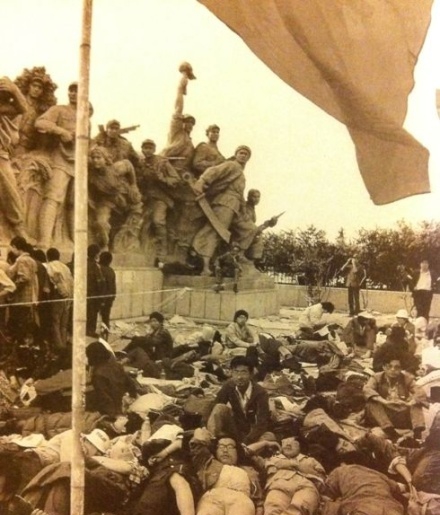
On May 13, 1989, around 100 student protesters in Tiananmen Square went on a hunger strike in an effort to push for talks with Communist Party leaders, protest the negative characterization of the protests by state media, and demand official acknowledgement of the democracy movement. The number reportedly increased to about 3,000 people over the next few days.
The hunger strike galvanised support for the students in China and around the world. It is estimated that the hunger strike helped draw over a million people to join the student protests in Beijing. The students obtained a dialogue with the government on May 14, but their demands were not met.
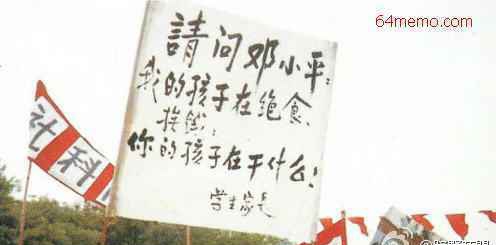
On May 19, General Secretary of the Communist Party of China, Zhao Ziyang, appeared at the rally and delivered a speech that has now become famous. Zhao pleaded with the students to end the strike and promised to continue dialogue with the protesters: “It’s been seven days since you went on hunger strike, you must stop... I have only one wish. If you stop this hunger strike, the government won't close the door for dialogue, never!”
Select Censored Keywords
Martial law declared - May 20 1989
As the number of protesters in Tiananmen square increased, leadership in the Communist Party of China debated how to address the demonstration.
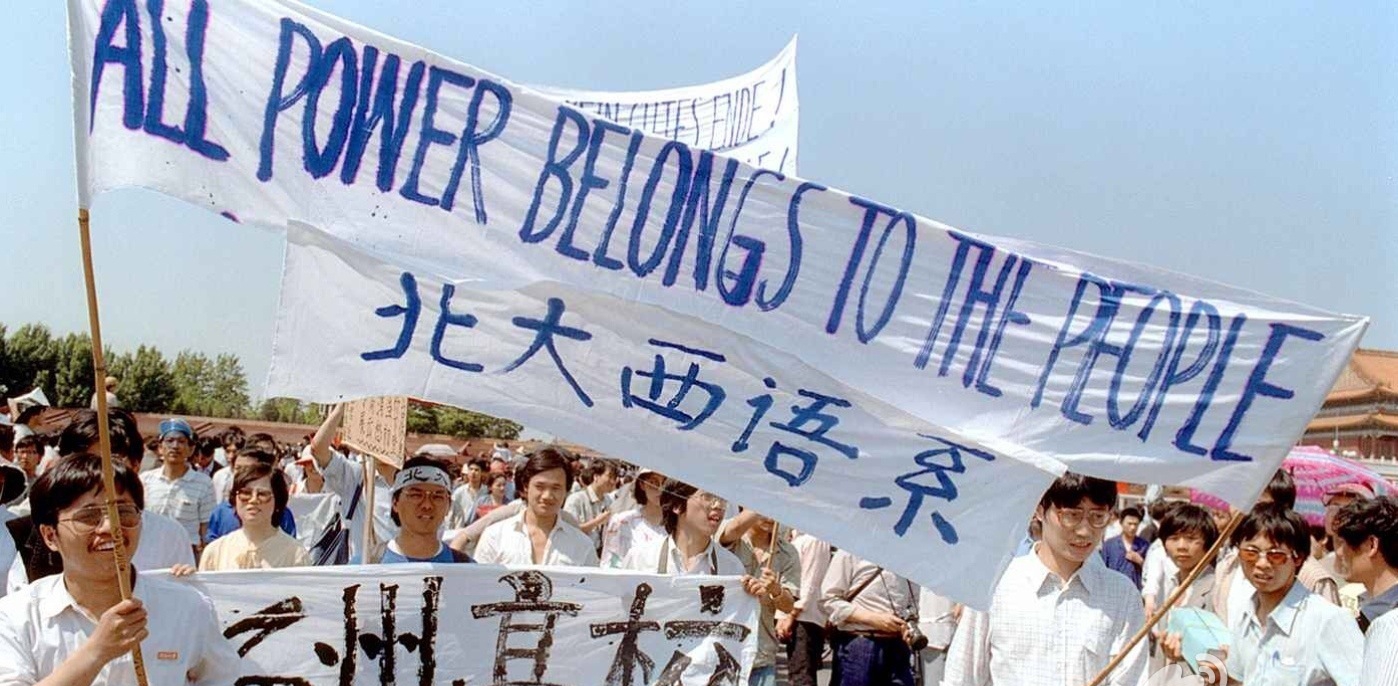
Party leaders decided to impose martial law across districts of Beijing on May 21, 1989.
News of the decision was leaked to the public resulting in the order being moved up to May 20. Following the order, units of the People’s Liberation Army descended on Beijing.
Select Censored Keywords
Military Crackdown - June 4 1989
As demonstrations continued in Tiananmen Square, party leaders decided to take a new offensive to end the protests in Beijing.
Conflicts broke out between troops and protesters between the evening of June 3 and the morning of June 4. Some troops opened fire at civilians as they tried to break through barricades set up by protesters.
Muxidi, the main intersection connecting Beijing’s western suburb areas with its city center, was allegedly the scene of the most injuries and deaths during the military crackdown.
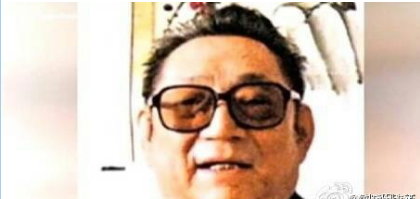
Not all army commanders supported the use of military force on civilians. Major General Xu Qinxian, leader of the 38th Group Army of the People’s Liberation Army, refused to use lethal force on protesters.
Select Censored Keywords
Tank Man - June 5 1989
On June 5, 1989, an unidentified man stood alone in the street, blocking a column of tanks. A government propaganda documentary called him “the criminal who tried to stop the chariot like the mantis”.
Photos of the man standing up against tanks have become the most iconic image of the Tiananmen crackdown. It is often depicted in playful ways by Chinese netizens to commemorate June 4.
Some media identified the man as “Wang Weilin” but since there is no hard evidence proving his identity, most people refer to him as the “Tank Man”. To this day, the fate of Tank Man remains unknown.
Select Censored Keywords
Deng Xiaoping appears - June 9 1989
On June 9, 1989, China’s paramount leader Deng Xiaoping appeared on television for the first time since the military crackdown.
Deng met military commanders who helped enforce the martial law during the protests. He praised their efforts and described the demonstrations as “a counter revolutionary rebellion...to overthrow the Communist Party”.
Select Censored Keywords
Remembering June 4
Despite the Communist Party of China’s efforts to erase the 1989 Tiananmen Square protests from public records, human rights groups and activists make efforts to commemorate the event. Every year, local Hong Kong pro-democracy groups organize marches and hold candlelit vigils at Victoria Park, Hong Kong. Similar memorials and vigils are held around the world.
Parents, relatives, and friends of victims of the military crackdown has formed a democracy activist group called the Tiananmen Mothers, urging the Chinese government to change their position over the suppression of the Tiananmen movement.
Artists and musicians from mainland China, Hong Kong, and Taiwan have voiced some of the strongest supports for victims of the Tiananmen massacre and democracy movements in China. Since 1989, artists such as Beijing-based Chinese rock music pioneer Cui Jian, Hong Kong singer Anita Mui Yim-fong, and Taiwanese singer and songwriter Lo Ta-yu have written popular songs to commemorate the event.
Every year around the anniversary of June 4, Internet users in China make efforts to commemorate this the event despite heavy censorship. They use coded language, pictures and emojis of candles, cartoons of tanks and other images to remember the event and show compassion for victims of the brutal military crackdown.
Select Censored Keywords
